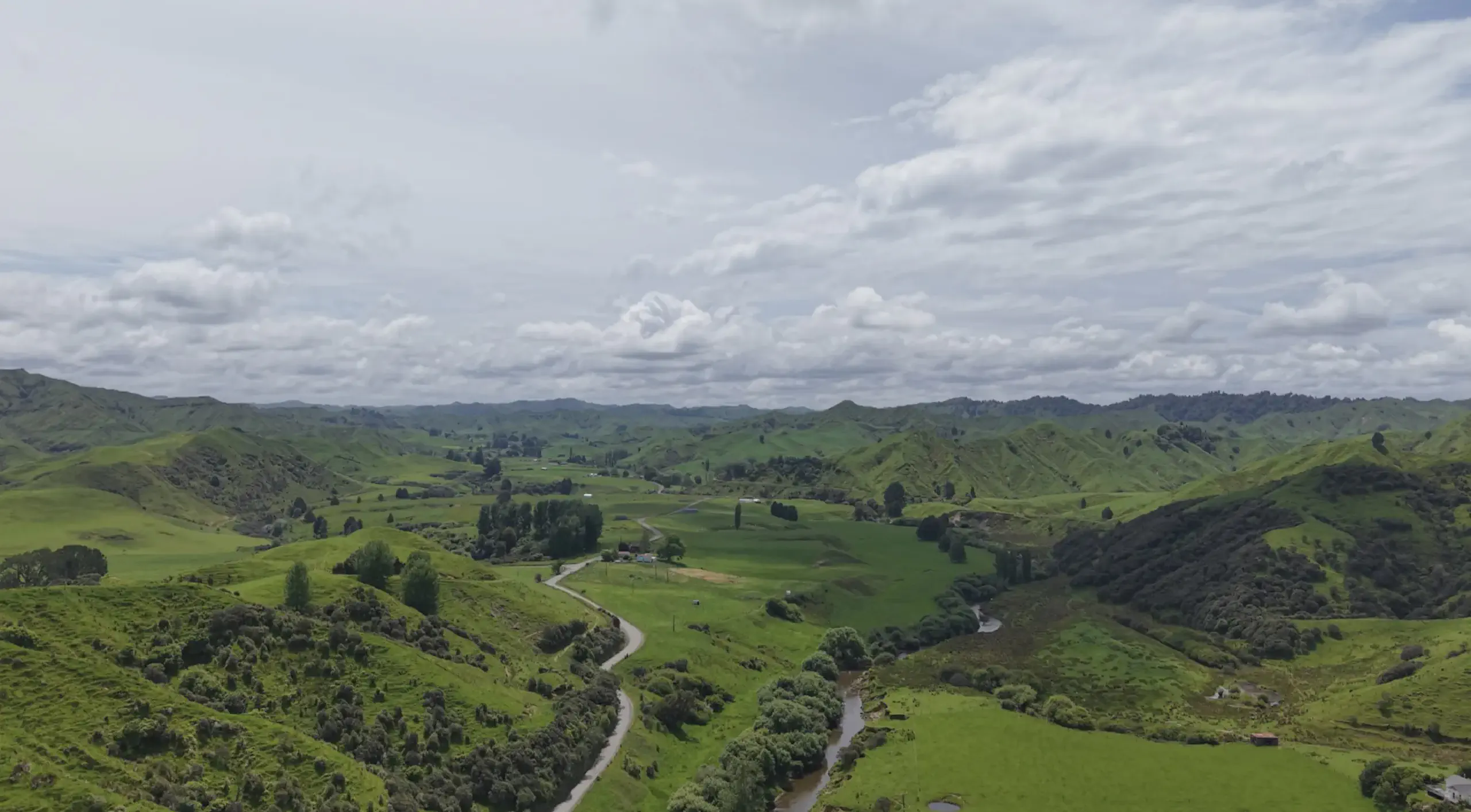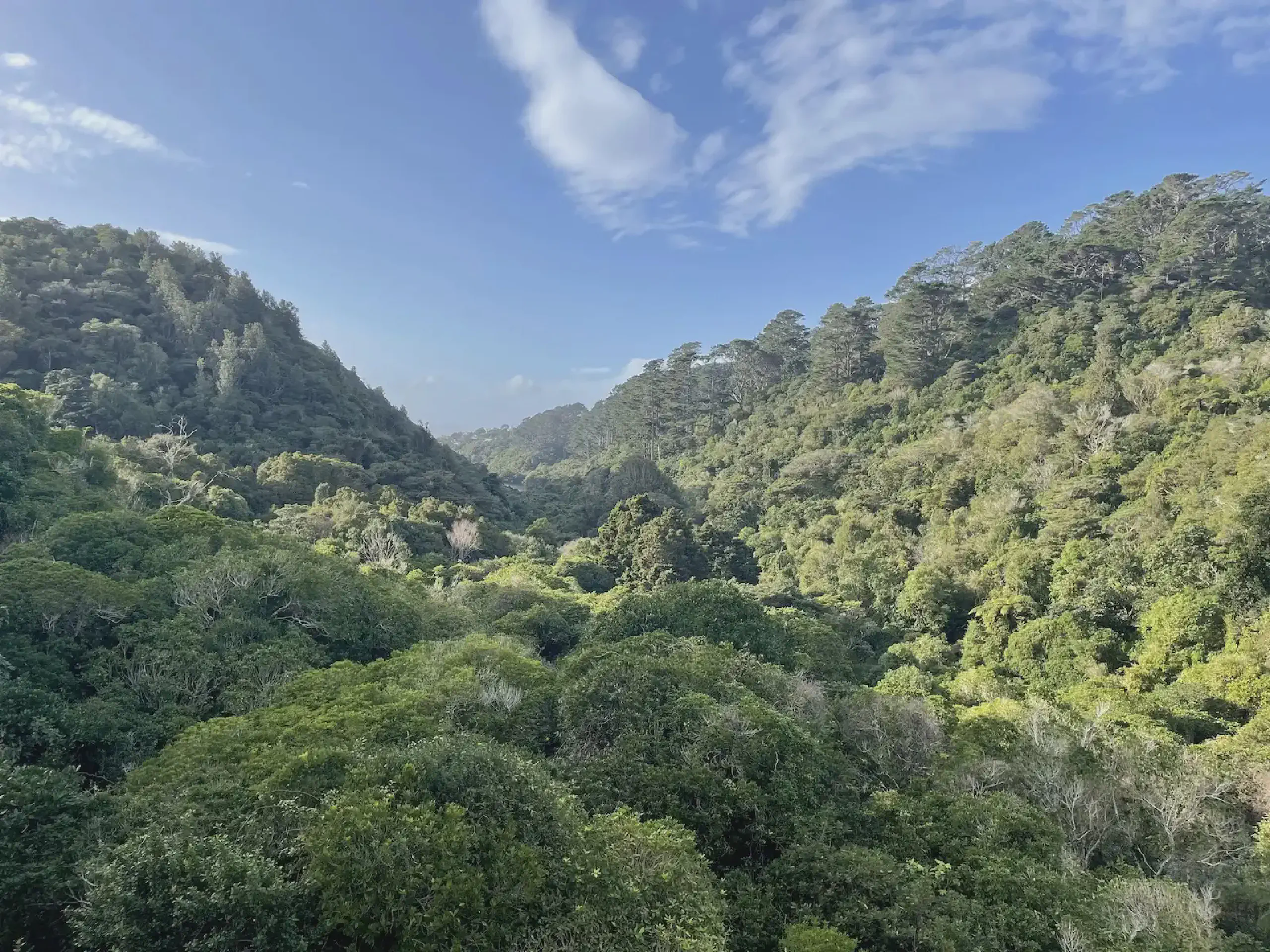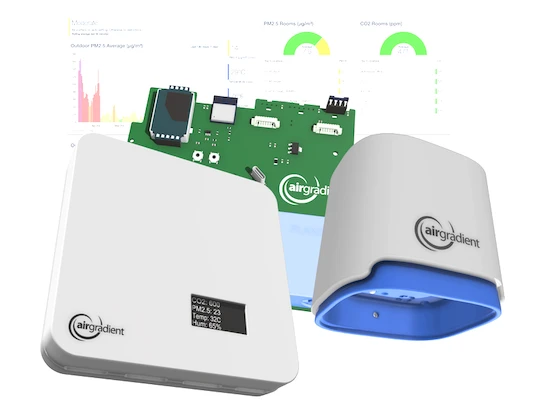Open and Accurate Air Quality Monitors
We design professional, accurate and long-lasting air quality monitors that are open-source and open-hardware so that you have full control on how you want to use the monitor.
Learn MoreAt AirGradient, we’ve always believed that monitoring air quality should go hand in hand with caring for our planet. The connection runs deeper than many realize – air pollution and carbon emissions often share the same sources, from industrial processes to fossil fuel combustion. When our monitors help communities identify and reduce local air pollution, they’re simultaneously contributing to the fight against climate change.
As we’ve grown our global network and launched initiatives like our Clean Air Advocates program, so has our commitment to making our company more socially responsible. That means taking a hard look at our environmental impact. While we’re already committed to causes such as 1% For the Planet, we wanted to take it a step further.
We knew carbon offsetting was the logical next step, but after researching dozens of traditional carbon offset programs, something didn’t sit right with us. Many felt like black boxes. You pay money, someone somewhere allegedly plants trees, and you get a certificate. It felt more like ‘offsetting’ guilt than making genuine environmental change. While we believe any carbon offsetting is better than none, this standard approach just wasn’t the AirGradient way.

A Plan Born at 30,000 Feet
Sometimes the best ideas come when you least expect them. During a flight to Hanoi to visit the UNDP office as part of creating our Air Quality Monitoring Toolkit, our CEO, Achim, and Product Success Manager, Ethan, were discussing various topics when Ethan mentioned his family’s land in New Zealand. That’s when they began brainstorming a more authentic approach to carbon offsetting – and suddenly, everything fell into place.
What if we could offset our carbon footprint in a way that was transparent, ecologically beneficial, and genuinely aligned with our values? What if instead of writing checks to faceless organisations, we could take direct responsibility for our environmental impact?
Why We’re Doing It Differently


Over the past few months, we’ve been deep in research, crunching numbers, and developing what we believe is a more genuine approach to carbon offsetting. Here’s why we think our method stands out:
Complete Transparency and Control: We have direct oversight of every tree planted. No middlemen, no uncertainty about whether we are making a difference, just real trees, planted by real people, on real land that we can visit and monitor.
Ecological Integrity: We aim to exclusively plant native New Zealand species rather than fast-growing monocultures, such as pine plantations. This ensures our offsetting creates genuine ecological value, supporting local biodiversity and natural ecosystems.
Multiple Environmental Benefits: Beyond carbon sequestration, our native tree planting improves soil health, prevents erosion, creates wildlife habitats, and enhances the natural beauty of the landscape.
Personal Investment: Ethan’s mother has always dreamed of reforesting more of her land with native species. This project turns environmental responsibility into a deeply personal mission that aligns perfectly with her existing conservation goals.
Long-term Commitment: Rather than one-time payments, we’re committing to ongoing tree planting and maintenance, ensuring sustained environmental impact year after year.
Most companies approach carbon offsetting as a separate sustainability program – something that happens in parallel to their core business. We see it differently. Environmental responsibility should be as integral to our products as the sensors themselves, embedded in the user experience rather than hidden in a corporate responsibility report.
Starting With What Matters Most
We’re beginning by offsetting the electricity consumption of our monitors – specifically, the power required to run each device for one full year after it is received by the customer. However, when researching the power consumption of our devices, we had some surprising findings. Based on our calculations, each monitor currently consumes approximately 36.8 kWh annually, which translates to roughly 13 kg of CO₂ emissions when accounting for the global electricity grid mix used by our customers.

To put this in perspective, offsetting our projected annual monitor sales requires over 1,000 trees to be planted each year (assuming each has a 10-year lifespan over which it offsets). While this is still relatively low power consumption for a device, it’s something that we believe we can improve. We also believe that trying to reduce power consumption is a better approach than simply planting more trees.
The Home Assistant Conundrum
Here’s where things get interesting – and where we need our community’s help. A significant portion of our monitors’ power consumption is attributed to the implementation of Home Assistant integration. To ensure seamless connectivity, our devices stay constantly awake, ready to respond to Home Assistant pings. It’s convenient, but convenience comes with an energy cost.
We’re facing a trade-off: user experience versus environmental impact. While there are potential solutions (like API-based approaches that could reduce power consumption), we’re also exploring the possibility of adding a low energy mode that users could opt into. We want to hear from you, our community. Can we maintain the Home Assistant experience you love while reducing electricity usage? Would you be interested in a low energy mode option, even if it meant slightly different functionality?
Looking Ahead
This is just the beginning. While we’re starting with electricity offsetting, we have bigger ambitions. Eventually, we’d love to offset shipping emissions and the complete manufacturing footprint of our monitors. However, given the land limitations and the physical reality of how many trees can be planted and maintained each year, we’ll likely need a hybrid approach for these larger emission sources.
“The whole AirGradient team is super excited about this project as it’s actually much more than a carobon offset project, it’s another piece on how we are embedding the protection of our planet into our day-to-day operations.”Founder & CEO, AirGradient
We could offset our emissions for a few dollars per device through traditional programs. But we believe that real environmental stewardship means addressing root causes, not just symptoms. This means trying to decrease the electricity consumption of our monitors where possible, and responsibly offsetting what we can’t.
We’ll keep you updated as this project develops. In the meantime, we would love to hear your feedback and thoughts.
This program is still in development, and details may change as we refine our approach. We’re committed to sharing our journey (including successes, challenges, and lessons learned) with honesty along the way.

We design professional, accurate and long-lasting air quality monitors that are open-source and open-hardware so that you have full control on how you want to use the monitor.
Learn MoreCurious about upcoming webinars, company updates, and the latest air quality trends? Sign up for our weekly newsletter and get the inside scoop delivered straight to your inbox.
Join our Newsletter